Clicking in Shoulder
- No painful injections
- No unnecessary surgery
- No expensive medications
Clicking in Shoulder
- No painful injections
- No unnecessary surgery
- No expensive medications
What is a Shoulder Labral Tear?
The glenoid labrum provides extra support for the shoulder joint, helping to keep it in place. A labral tear occurs when part of this ring is disrupted, frayed, or torn. Tears may lead to shoulder pain, an unstable shoulder joint, and, in severe cases, dislocation of the shoulder. Likewise, a shoulder dislocation can result in labral tears. When you think of the shoulder joint, picture a golf ball (the head of the upper-arm bone, or humerus) resting on a golf tee (the glenoid fossa, a shallow cavity or socket located on the shoulder blade, or scapula). The labrum provides a rim for the socket (golf tee) so that the humerus (golf ball) does not easily fall off. If the labrum is torn, it is harder for the humerus to stay in the socket. The end result is that the shoulder joint becomes unstable and prone to injury. Because the biceps tendon attaches to the shoulder blade through the labrum, labral tears can occur when you put extra strain on the biceps muscle, such as when you throw a ball. Tears also can result from pinching or compressing the shoulder joint when the arm is raised overhead. There are 2 types of tears:- Traumatic labral tears usually happen because of a single incident, such as a shoulder dislocation or an injury from heavy lifting. People who use their arms raised over their heads—such as weight lifters, gymnasts, and construction workers—are more likely to have traumatic labral tears. Activities the force is at a distance from the shoulder, such as striking a hammer or swinging a racquet, also can create shoulder joint problems.
- Nontraumatic labral tears most often occur because of muscle weakness or shoulder joint instability. When the muscles that stabilize the shoulder joint are weak, more stress is put on the labrum, leading to a tear. People with nontraumatic tears tend to have more “looseness” or greater mobility throughout all their joints, which might be a factor in the development of a tear.
How Does a Shoulder Labral Tear Feel?
- Pain over the top of your shoulder
- “Popping,” “clunking,” or “catching” with shoulder movement, because the torn labrum has “loose ends” that are flipped or rolled within the shoulder joint during arm movement and that may even become trapped between the upper arm and shoulder blade
- Shoulder weakness, often on one side
- A feeling that your shoulder joint will pop out
How Is a Shoulder Labral Tear Diagnosed?
Not all shoulder labral tears cause symptoms. In fact, when tears are small, many people are able to function without pain. In some instances, the labrum might even heal on its own, if care is taken not to stress the injured tissues. Due to the lack of blood supply available at the labrum, complete healing may be difficult. The shoulder with a labral tear may pop or click without being painful; however, if a tear progresses, it is likely to lead to pain and weakness. If your physical therapist suspects that you may have a labral tear, the therapist will review your health history and perform an examination that is designed to test the condition of the glenoid labrum (the ring of cartilage at the base of the shoulder). The tests will place your shoulder in positions that may recreate some of your symptoms, such as “popping,” “clicking,” or mild pain. Using this examination, your physical therapist will determine whether your shoulder joint is unstable. Magnetic resonance imaging (MRI) also may be used. Labral tears may be difficult to diagnose with certainty without arthroscopic surgery, where a tube-like instrument called an arthroscope is inserted into the joint through a small incision to view or repair an injury.How Can a Physical Therapist Help treat a Shoulder Labral Tear?
When shoulder labral tears cause minor symptoms but don’t cause shoulder instability, they usually are treated with physical therapy. Your physical therapist will:- Educate you about positions or activities to avoid
- Tailor a treatment plan for your recovery
- Design specific shoulder strengthening exercises, such as external rotation and internal rotation exercises, to help support the joint and decrease strain on the glenoid labrum
- Design stretching exercises, such as the cross-body stretch or the doorway stretch, to help improve the function of the muscles surrounding the shoulder
- Perform a special technique called manual therapy to decrease pain and improve movement
Can a Shoulder Labral Tear be Prevented?
Forceful activities with the arms raised overhead may increase the likelihood of developing a labral tear. To avoid putting excessive stress on the labrum, you need to develop strength in the muscles that surround the shoulder and scapula. Your therapist will:- Design exercises to help you strengthen your shoulder
- Show you how to avoid potentially harmful positions
- Determine when it is appropriate for you to return to your normal activities
- Train you to properly control your shoulder movement and modify your activities to reduce your risk of sustaining a labral injury
To Get A "Insider's Look" At Our Treatment Approach And How We Get Results...
Click Below To Watch Our Exclusive Webinar! It's Simple, Short, and It's Free!

- Learn The Essential First Step... So You Can Get Pain Free Again
- See Why Treatment Needs To Be Individualized, Not Standardized...So You Get Faster Results!
- Learn How You Can Save Money...So You Don't Have To Waste $1000's On Unnecessary Treatments
Solve the root cause of your pain
How Our Treatment is Different
We believe that working with a specific specialist for your care is the best way to solve the root cause of your pain. Work one-on-one with a Doctor of Physical Therapy every time your visit our office.
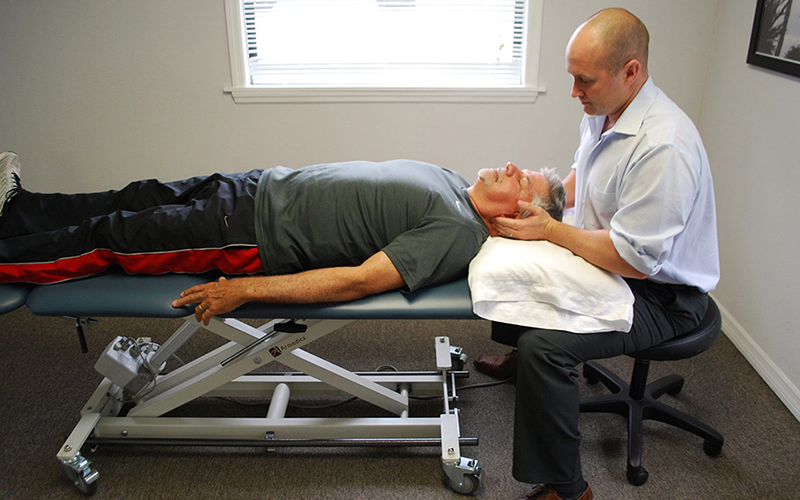
Exclusive one-on-one patient care
While most clinics will give you a limited amount of time with your Doctor, we believe that true results come from consistent one-on-one therapy.
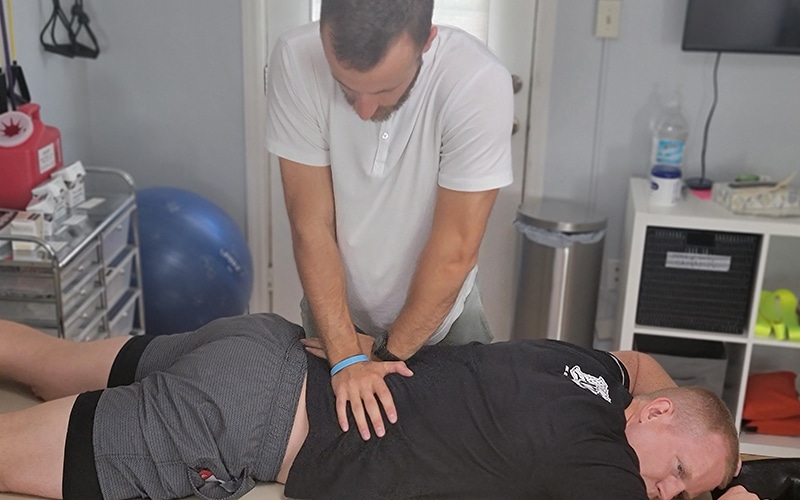
Work with your specialist every visit
Stop being handed off to trainees or non-Doctors for your Physical Therapy. At Pursuit, you'll work exclusively with your Doctor of Physical Therapy that specializes in your specific needs.
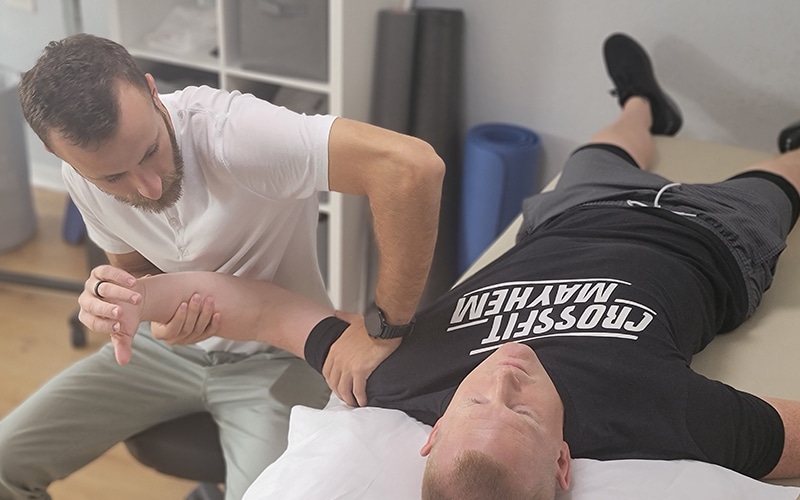
24/7 messaging access to your specialist
Ever have an issue or questions? We're here to help. Get 24/7 access to your specialist while you're under our care. Physical Therapy doesn't just happen when you're in our clinic, so we're here for you when you need us.
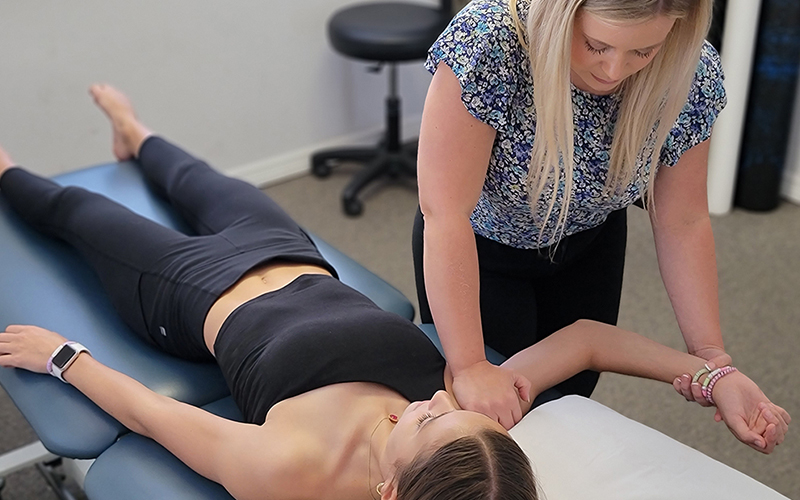
No waiting periods
Get off that waiting list and get the treatment you need. We're always ready to accept new patients, so you can get better faster and get back to a pain-free life that you deserve.
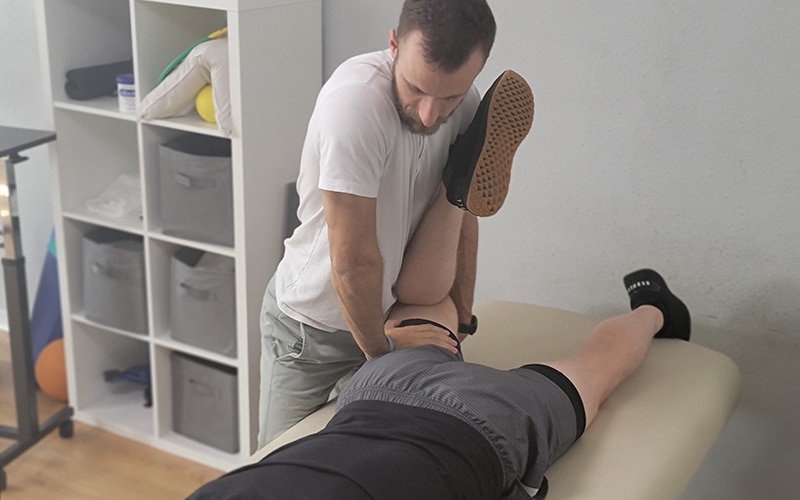
Not limited by insurance
Don't let the insurance companies tell you how much treatment you need. Avoid the limitations of short sessions that insurance provides and work with our Doctors when you need it and for as long as you need it.
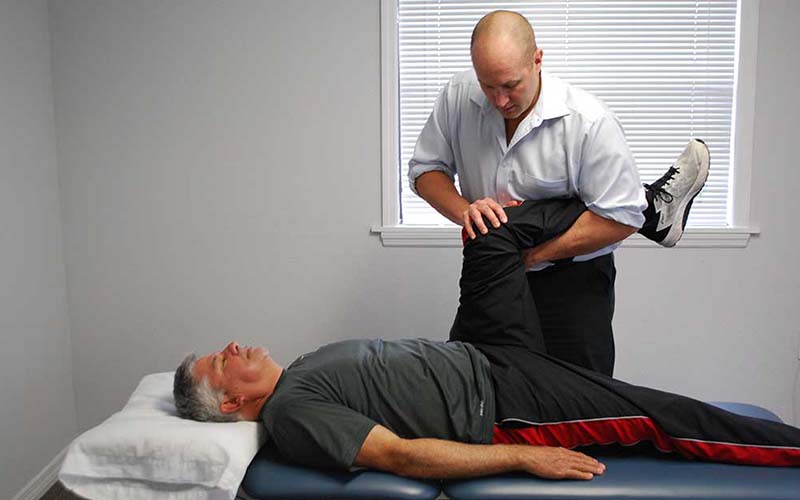
No painful injections, no expensive medications, no surgery
In order to truly solve your pain, we use a holistic approach to Physical Therapy, not relying on injections, medications, or surgery. Instead, we'll strengthen your body's weak points that are causing your pain.
MEET THE TEAM

RON MILLER, DPT, OCS, Cert DN
Doctor of Physical Therapy | Board Certified Orthopaedic Physical Therapy Clinical Specialist | Post-Doctoral Orthopaedic Residency Trained | Certified in Dry Needling | Titleist Performance Institute Certified
Dr. Ron Miller is the owner and founder of Pursuit Physical Therapy. His core belief is that it is not about the physician, the physical therapist, or the insurance company: it is about what is truly best for the patient. Dr. Miller started...
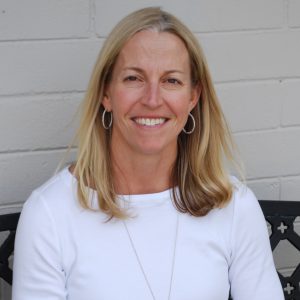
CAREY ROTHSCHILD, DPT, OCS, SCS, CSCS, CKTP
Doctor of Physical Therapy and Assistant Professor at the University of Central Florida | Board Certified Orthopaedic Clinical Specialist
| Board Certified Sport Clinical Specialist
Dr. Carey Rothschild is an Assistant Clinical Professor in the Doctor of Physical Therapy Program at the University of Central Florida. Dr. Rothschild earned a Bachelor of Health Science in Physical Therapy in 1999 from the University of Florida and a Doctor of Physical Therapy from Boston University in 2005...

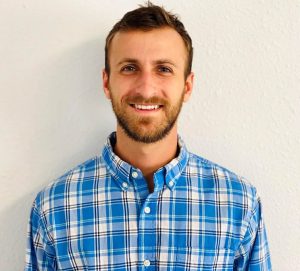
MICHAEL FABRICK, DPT, Cert. DN
Doctor of Physical Therapy | Certified in Dry Needling | Pursuit Sports Performance Specialist | Professional Tennis Tour Physical Therapist
Dr. Michael Fabrick was born and raised in Hanover, Pennsylvania and attended Slippery Rock University where he received his Bachelor’s degree in Exercise Science. He then went on to receive his Doctorate Degree in Physical Therapy in May of 2020. During his final tenure as a Doctoral intern, he trained underneath Todd Ellenbecker, who is one of the world’s leading experts on shoulder rehabilitation and is the Vice President of Medical Services for the ATP World Tour...
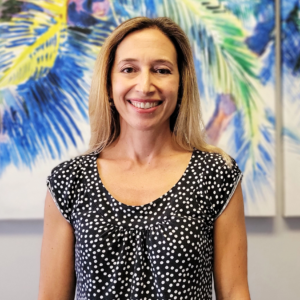
MARYANN DANIELS, PT, MCMT, IDN
Physical Therapist | Dry Needling Certified | Mastery Certified In Manual Therapy | Pelvic Floor And Post Partum Specialist
Maryann was originally born in Connecticut but moved to Florida with her family at the age of 9 and she grew up in Jupiter, Florida. She then went to college at the University of Central Florida...

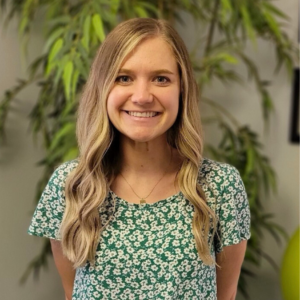
Kayla Cook, DPT, HSP, CSCS
Doctor of Physical Therapy | Hesch Sacroiliac Practitioner | Certified Strength And Conditioning Specialist | Ehlers-Danlos Syndrome Specialist | Volleyball Specialist
Dr. Kayla Cook was born and raised in Northern California and received her undergraduate degree in Kinesiology from California State University in Sacramento. She then received her Doctorate in Physical Therapy from The University of St Augustine for Health Sciences...
To Get A "Insider's Look" At Our Treatment Approach And How We Get Results...
Click Below To Watch Our Exclusive Webinar! It's Simple, Short, And It's Free!

- Learn The Essential First Step...So You Can Get Pain Free Again
- See Why Treatment Needs To Be Individualized, Not Standardized...So You Get Faster Results
- Learn How You Can Save Money...So You Don't Have To Waste $1000's On Unnecessary Treatments
BECOMING PAINFREE IS EASIER THAN YOU THINK

Step 1:
Call our expert team.

Step 2:
We’ll work with you to find and treat the root of your pain.

Step 3:
Get back to doing what you love.
